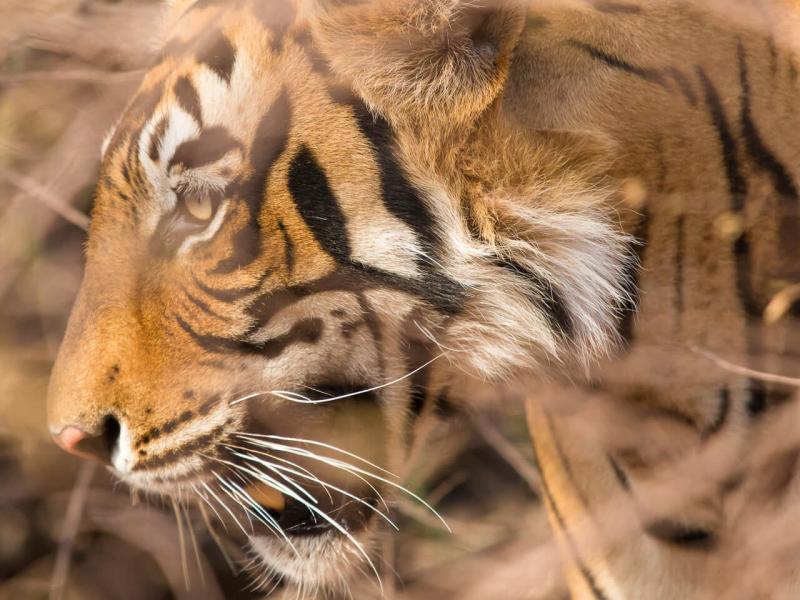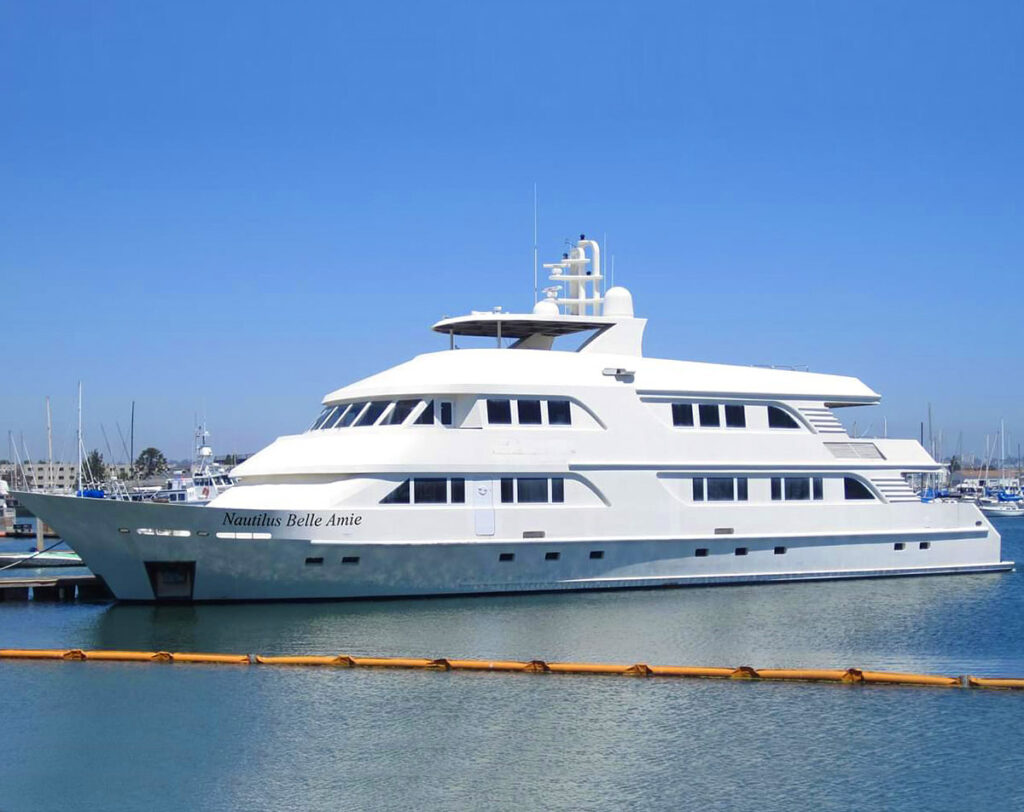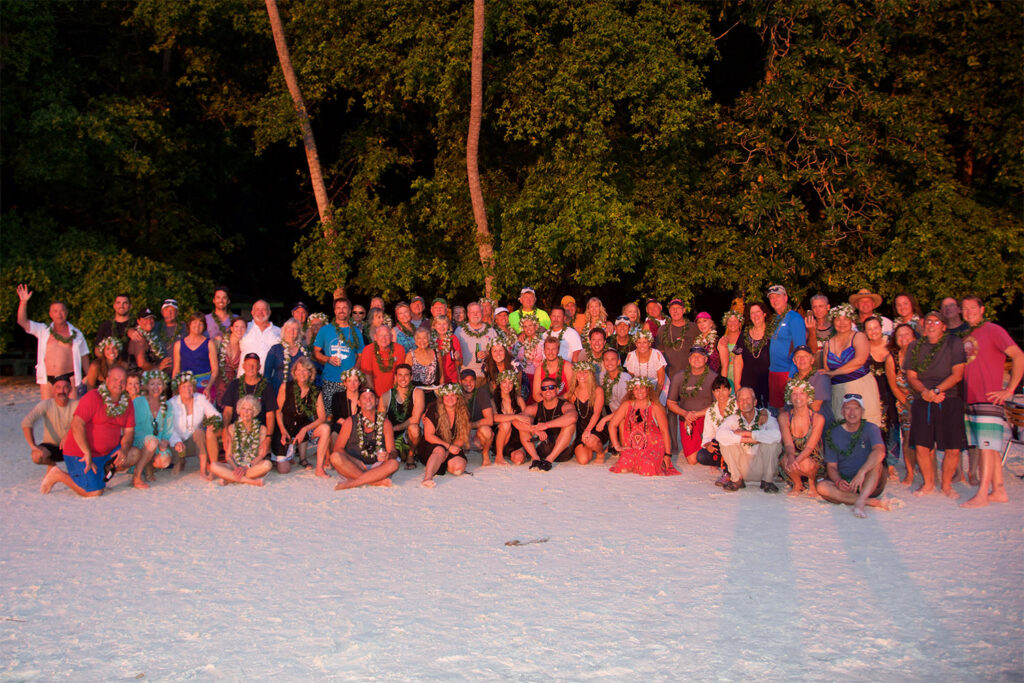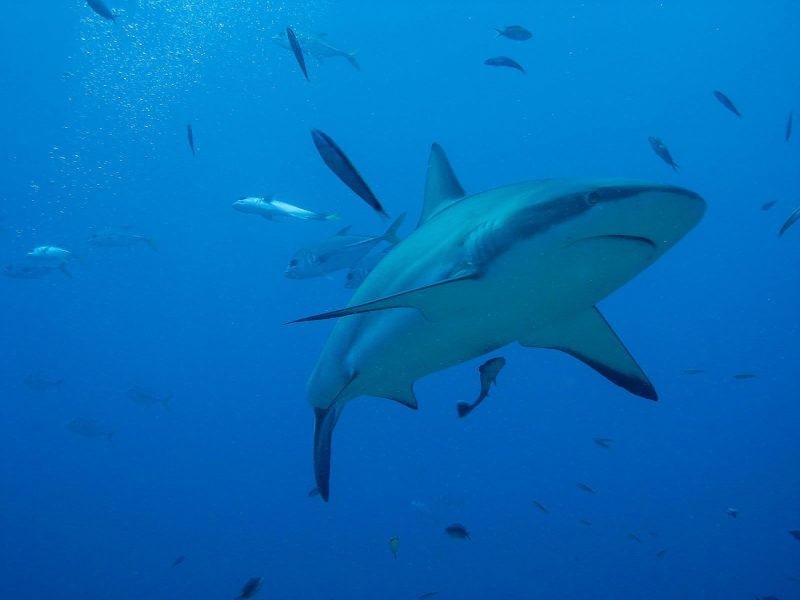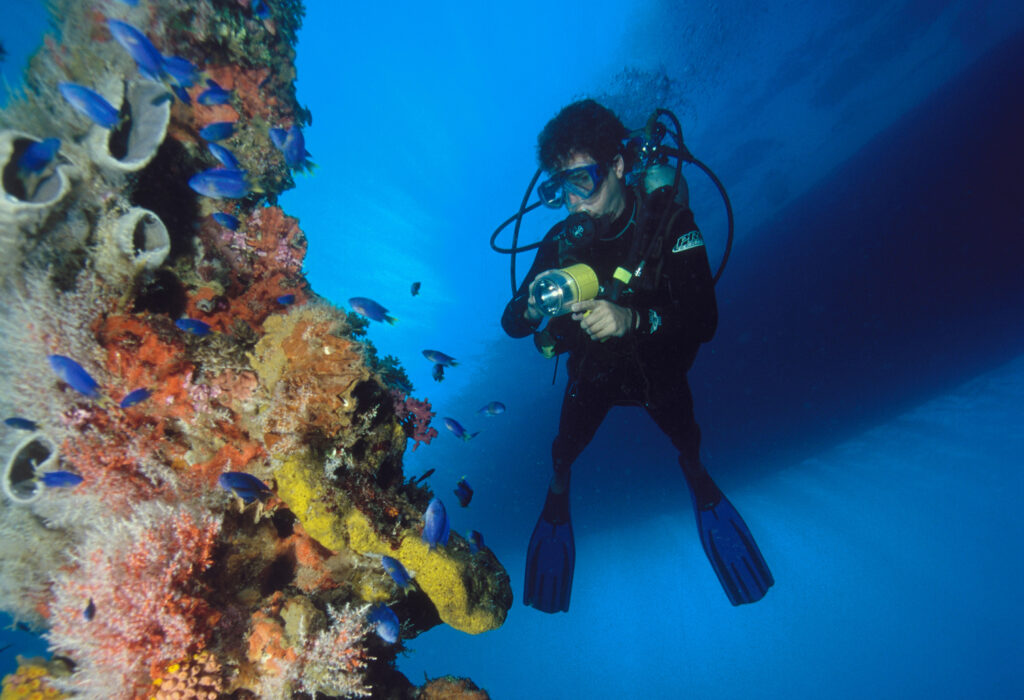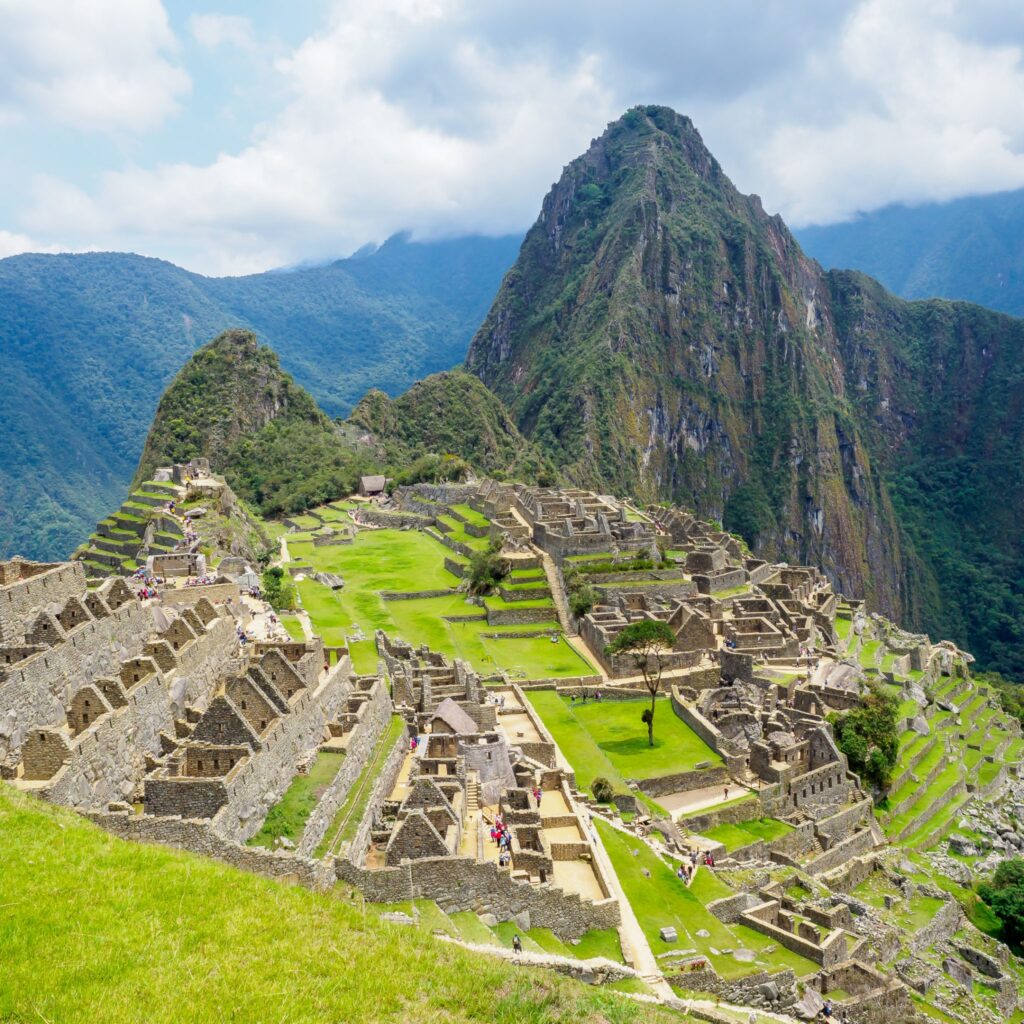Machu Picchu is on many people’s bucket list, and Timm and Sherrie Burks were there recently, representing the Ocean Enterprises Travel team, getting inside information for our travelers. In addition to the more commonly known areas of Machu Picchu, Cusco, and the Sacred Valley, we spent time exploring Lima, the Amazon, and Lake Titicaca.
We started with a Gastronomic Tour of Lima. Located on the Pacific on the west coast of Peru, seafood is usually on the menu, along with a colorful variety of locally grown fresh produce, deliciously prepared. The local liquor is Pisco, and we had a lesson in making the infamous “Pisco Sour.”
From Lima we moved on to the Amazon. Rather then enjoy the luxury riverboats of the northern Amazon, we decided to take the less traveled path to Puerto Maldonado to experience the southern Peruvian Amazon. Located in a private area of the jungle, the Tambopata Research center is an excellent place for viewing wildlife, with common sightings of monkeys, capybaras, peccaries, and macaws. It is home to two active macaw claylicks, where flocks of macaws gather to eat the minerals in the riverbanks. This area delivers, but it is not for the feint of heart. Be prepared for bugs, heat, humidity, and lots of walking.
From the Amazon we moved on to the Sacred Valley. Driving through the countryside provided a chance to see the local farms. Most of the farm buildings are made of adobe and surrounded by hand stacked stone fences to contain their livestock of cattle, llama, sheep, and donkeys. Families can be seen planting their fields by hand, or with the assistance of a donkey or ox to pull the plow. There is so much to see in the Sacred Valley. We could have used an extra day. It is home to the salt pans of Maras, the Pisac markets, the ruins of Ollantaytambo, and the circular terraces in Moray, to name just a few of the many highlights. We watched a weaving demonstration and saw how the alpaca yarn is dyed naturally with plants, fruits, and leaves, before being woven into intricate designs. Of course there was the opportunity to purchase some of their handmade items.
In Ollantaytambo you can take the Vistadome train through the countryside to Aguas Calientes, a small village located at the base Machu Picchu. From there it is a 20 minute bus ride up the mountain to the ruins of Machu Picchu. During the drive, the morning fog gave us a mystical feeling of going back in time. The ruins themselves are remarkable. The remnants of an Ancient civilization with no written record to unlock the secrets that they once held.
After our time at Machu Picchu, we headed south to Puno, home of Lake Titicaca. Lake Titicaca is the largest lake in South America, and at a height of 12,500 feet, the highest navigable lake in the world. Having already acclimated to the altitude at Machu Picchu, we did fine, but it never hurts to drink the local tea made from coca leaves. We stayed at Lake Titilaka Resort, a Relais & Chateaux boutique luxury property located on a rocky outcropping on the edge of the lake, surrounded by farm land. The lake extends into the horizon, giving the feeling that you are on the shore of the ocean rather than a lake, and the sunsets were amazing. We took a day trip across the lake to visit the Uros Floating Islands. These villages are floating islands made from tortora reeds, and even though today they use motorboats to get around, they still weave the historical reed boats of the past, which are maneuvered with a paddle and wooden pole. A nearby natural island, Isla Taquile, is sparsely populated by Quechan speaking Taquilenos, who still carry on a traditional lifestyle of farming, weaving, and knitting.
From Puno we took the luxury train, the Belmond Andean Explorer, back to Cusco. Think Orient Express. The attention to detail and service were phenomenal. During the 10 hour train ride we reached a peak altitude of over 14,000 feet at Reyes Pass, where we stepped out to have a quick look around in the brisk mountain air. The scenery throughout the trip was spectacular as we weaved through the mountain passes, across rivers, through farmland and small villages.
Our final stop was Cusco, which we found absolutely charming, for both the architecture and the local culture. The streets are lined with buildings adorned with Spanish Colonial Balconies and oversized colorful wooden doors. Vendors sell their fresh bakery and homemade wares on the street corners. Ornate, historic buildings are scattered throughout, and the more simple housing of the local population is tiered on the hillside in the distance.
The local Mercado is interwined with locals purchasing their groceries, and tourists looking for souvenirs. Local women with their distinctive long braids and big hats can be seen running errands with colorful blankets bundled across their back holding a small child, or filled with goods.
Located at 11,150 feet, we still needed to be mindful of the altitude, and starting each day with a cup of coca tea, along with staying hydrated, helped us avoid any issues. Cusco was definitely a highlight with which to end our trip before flying back to Lima and our flights home.
